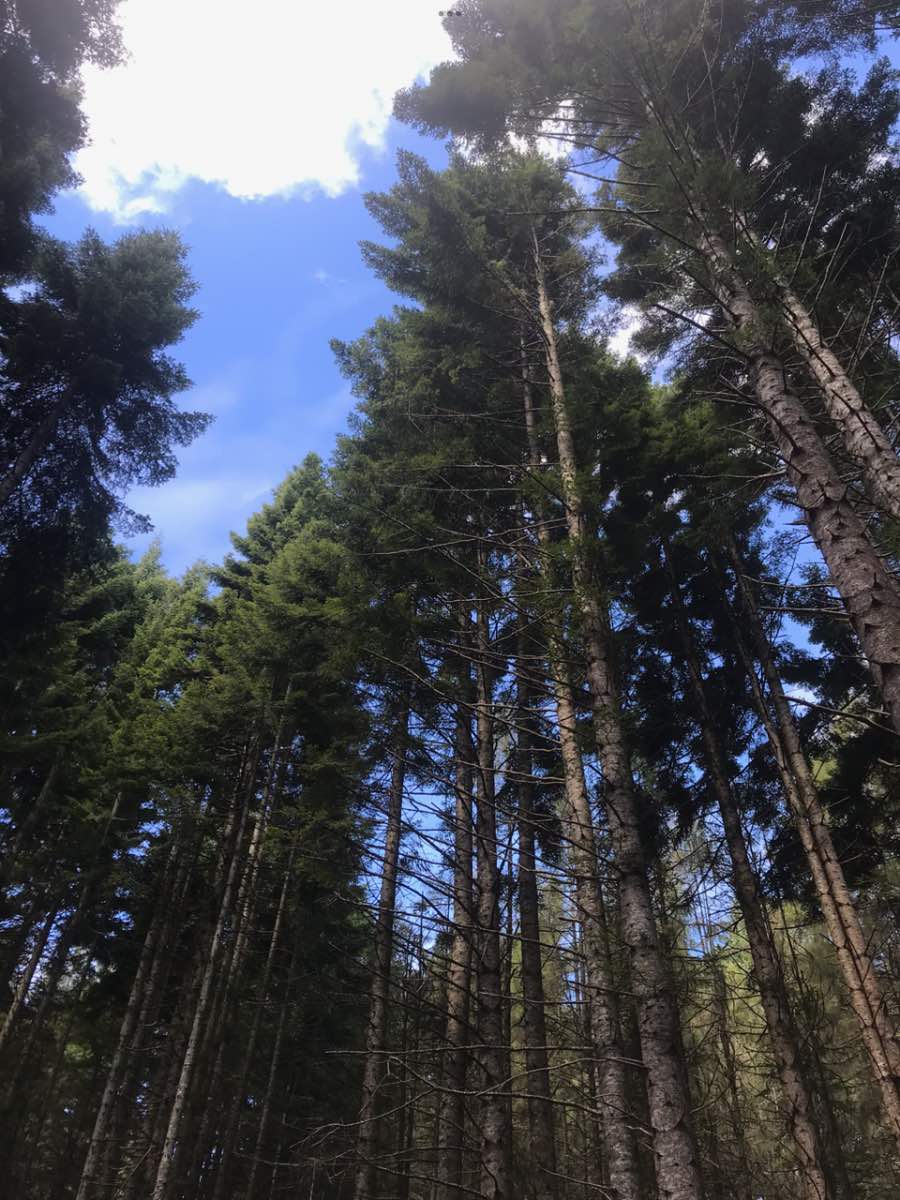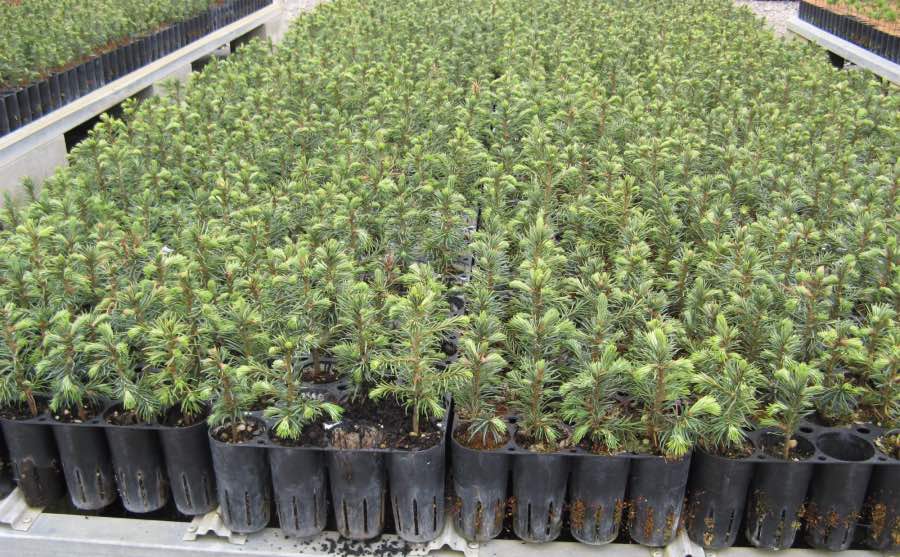Abies grandis project report, January 2022
By Vaughan Kearns, January 2023.
Last year the Cypress Development Group (CDG) was successful in obtaining funding for more research into Abies (true fir) species. It was directed in two directions. Firstly there was a need to collect seed from mature trees. We have quickly learned that this species is extremely difficult to collect seed from. This also has the benefit of it not being considered a wilding risk. The fertilised cones only stay on the tree for a couple of weeks and then disintegrate, dropping the seeds all over the forest floor.

Abies grandis, Kaingaroa forest

As well as this, they tend to have a good mast season only once every four or five years. The CDG currently hold the largest stock of viable Abies Grandis seed in the country and that is only a couple of shoe boxes full.
Secondly, work has been undertaken to confirm the structural properties of New Zealand grown Abies Grandis timber as well as its uptake of preservative treatment. This involved the harvest of 35 year old trees, then the sawing and drying of the logs. Unfortunately, although planned as a one year project, because of Covid disruption in the early part of the year, this section of the research is being carried over into this year to complete. Once this is done there will be a full report published for CDG members.
Below are Abies Grandis seedlings being raised for CDG by Appletons nursery in Wakefield, Nelson.

Below are photos of Abies Grandis timber in fillet, seasoning before being sent for structural and chemical uptake testing. Abies grandis offers potential as a contingency species for radiata pine, because it has good strength properties but apparently is just as easy to preserve via pressure treatment. That is, it should be good for anything radiata pine is currently used for, but is not likely to be subject to the same biological risk.

Structural testing will include characteristic values for strength, stiffness, tension, shear and compression. Preservative uptake testing will be pressure treatment of both boron to H1.2 and CCA (chrome copper arsenic) to H3.2.

 Farm Forestry New Zealand
Farm Forestry New Zealand